 | Joseph Ray - Algebra - 1867 - 240 pages
...100—3z= B's gain, and 40z — 200= A's stock. Therefore, 4te— 200 : 20a; : : 3x : 100—3z. Since the product of the means is equal to the product of the extremes, 60z2=(40z— 200)(100— 3«). Reducing, z2— J{°x=— i°o°. Whence, z=20; hence, &c=60= A's gain,... | |
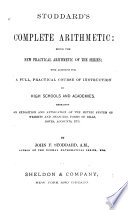 | John Fair Stoddard - Arithmetic - 1888 - 480 pages
...3 4 6 becomes 5=5. multiplying each member by 2 and 3, we jy *_) have 4x3=6x2. Hence, 382. In every proportion, the product of the means is equal to the product of the extremes. 1. Either extreme is equal to the product of the means divided by the other extreme. 2. Either mean... | |
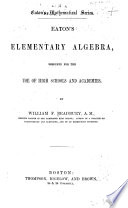 | William Frothingham Bradbury - Algebra - 1868 - 270 pages
...fourth terms of a proportion are called the extremes, and the second and third the means. 106. In a proportion the product of the means is equal to the product of the extremes. Let ie a : b = c : d Clearing of fractions, ad = be A proportion is an equation ; and making the product... | |
 | John Fair Stoddard - Arithmetic - 1868 - 428 pages
...: 3 4 6 becomes s=o> multiplying each member by 2 and 3, we 2i o have 4x3=6x2. Hence, 382. In every proportion, the product of the means is equal to the product of the extremes. 1. Either extreme is equal to the product of the means divided by the other extreme. 2. Either mean... | |
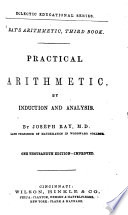 | Joseph Ray - Arithmetic - 1857 - 358 pages
...the proportion 2 : 3 : : 4 : 6, 2 and 6 are the extremes, and 3 and 4 the means. ART. 200. In every proportion, the product of the means is equal to the product of tJie extremes. ILLUSTRATIONS. — If we have 3 : 4 : : 6 : 8, the ratios of each couplet being equal... | |
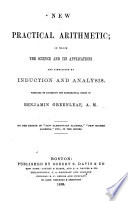 | Henry Bartlett Maglathlin - Arithmetic - 1869 - 332 pages
...between the other two. Thus, In 12 : 6 :: 6 : 3, 6 is a mean proportional. TOIIVCIIVLES. 328. 1. In every proportion the product of the means is equal to the product of the extremes. For, in the proportion 6 : 3 : : 4 : 2, since the ratios are equal (Art. 326), WB have $ = £. Now,... | |
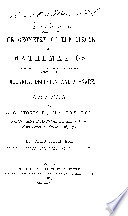 | James Smith - Circle-squaring - 1869 - 459 pages
...: B : C. When A denotes ^-^ and B denotes i, then, C = 1-28 : that is, 78125 : i : : I : 1-28, and the product of the means is equal to the product of the extremes. Hence : -~I*±*A and —-^ are equivalent ratios, and it follows, that the product of any number multiplied... | |
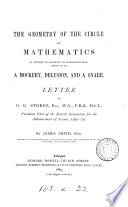 | James Smith - Mathematics - 1869 - 492 pages
...or proportion, A : B : : B : C, when A denotes * ^* and B denotes I ; then, -8 : I : : I : -125, and the product of the means is equal to the product of the extremes. Now, if the radius of a circle = -125, then, (6 x -125) = 75 = the perimeter of a regular inscribed... | |
 | James Smith - 1870 - 634 pages
...63 agreed. If I : 2 : : 2 : 4, the converse of this proportional holds good ; 4 : 2 : : 2 : I, and the product of the means is equal to the product of the extremes : mxn = « xm, whatever values we may put upon m and «, and in either way, works out to the same result... | |
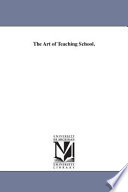 | Josiah Rhinehart Sypher - History - 1872 - 336 pages
...second terms of a proportion must be the same as the relation between the third a^id fourth terms. The product of the means is equal to the product of the extremes. A missing extreme may be found by dividing the product of the means by the given extreme. A mean may... | |
| |